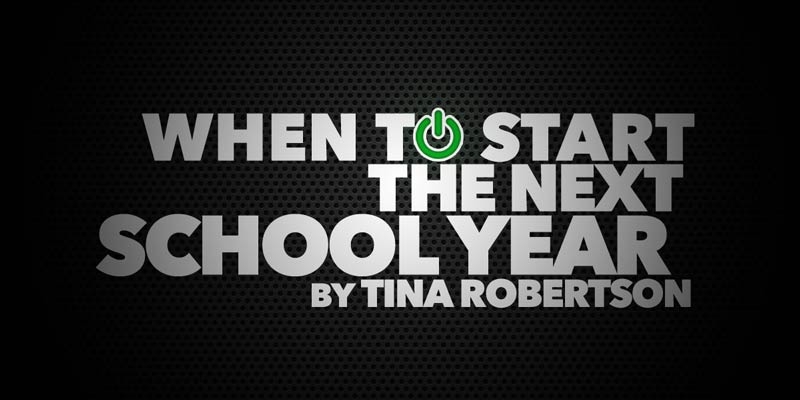The warehouse was dark – unnaturally so since it was the middle of the day and filled with people. Granted, many of them were wearing miner’s hats – you know the ones with the lights in the middle of the front. There was the underlying hum of the back-up generator supplying power to the computers and enough light to create a surreal environment: counting, counting, counting; every item in every section; sometimes re-counting to resolve discrepancies. The power outage caused a blip but the once-a-year counting continued.
Taking inventory is a serious business around here. It’s not just for the warehouse staff, but a company-wide endeavor that consumes at least three business days. That’s without taking into account all the computer- and warehouse-based prep work or the after-the-count hours. Rainbow must take inventory. For tax purposes we need to know the exact state of our warehouse stock. In our home schools, we also need to have a periodic assessment time. I’m not talking about counting the number of crayons or pencils you have. I’m talking about taking a good, hard look at what you’ve accomplished, how well you’re progressing toward your goals, and what your next steps will be.
Here are some lessons learned in our yearly Rainbow warehouse inventory that can be applied to your homeschool inventory.
1. Set aside a time.
Our inventory time is dictated by our tax year. Yours may likewise be dictated by the reports you have to file – grade reports or curriculum plans. You may also want to have both a mid-year and end-of-year inventory. Whatever you choose or need to do, it’s important to designate a time – and to consider it a high-priority obligation.
2. Prepare.
All sorts of prep precede our inventory – both in the warehouse and with the computer systems. You will need to do your own prep as well. Gather your necessary items. Make sure your grading/assessing is up to date so you have an accurate idea of your children’s progress. Dust off those goals that you might have written down at the first of the year. Take another look at your “philosophy of education” (if you have one).
3. Define the job.
We have to count everything – we know that. Your counting will be comparing your previous goals to your “state of the homeschool,” so to speak. Determine how well you’ve progressed toward your goals and then set new goals. Be very specific (it makes it easier to know if you’ve reached them) as well as broad (spiritual, physical, emotional as well as academic goals).
4. Work with a partner.
We count everything with a partner: one to count; one to record. Working with a partner – your husband or another homeschooling mom – will give you another set of eyes, another perspective and accountability. My husband has talked me out of the depths of homeschool despair more than once. He’s also helped me look at something from a different angle or to completely revise my path.
5. Don’t be deterred by adverse conditions.
We’ve worked on inventory through power shortages and other such unexpected events. Don’t let little – or even big – events overrun the time you’ve set aside. Make it a high priority – and get it done.
6. Don’t lose sight of what is most important.
For us it’s counting things but in our home schools, it’s relationships, mentoring, discipling. It’s too easy to get caught up in the daily-ness of getting this assignment done or that book read. We can overlook the most precious gift of all that homeschooling allows – time with our children.
In Conclusion
A yearly inventory is a time to re-set. You can start over with a clean slate – or continue toward your goals with renewed vigor. Take the time to do it! We’re here to help – if you need us. Our consultants are happy to talk with you to help evaluate the “state of your homeschool.” We can also give you suggestions for new paths to try.
Suggested resources:





